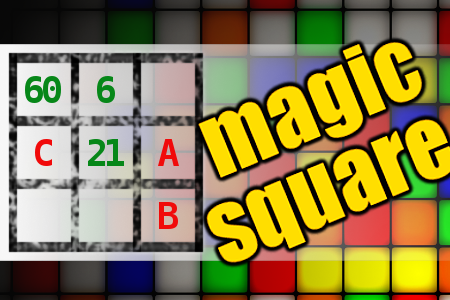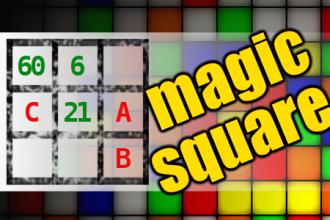MAGIC SQUARE: Calculate A*B*C
The aim is to place the some numbers from the list (5, 6, 7, 21, 22, 23, 42, 60, 61, 62, 92) into the empty squares and squares marked with A, B an C. Sum of each row and column should be equal. All the numbers of the magic square must be different. Find values for A, B, and C. Solution is A*B*C.Correct answers: 16
The first user who solved this task is Nílton Corrêa De Sousa.
#brainteasers #math #magicsquare

TOP 10 SIGNS YOUR KID IS SPENDING WAY TOO MUCH TIME ON HIS COMPUTER
TOP 10 SIGNS YOUR KID IS SPENDING WAY TOO MUCH TIME ON HIS COMPUTER
David Letterman, April 23, 1997 10. Named his hamsters 'I' 'B' 'M'
David Letterman, April 23, 1997 10. Named his hamsters 'I' 'B' 'M'
9. Every day after school, eats his weight in silicon chips 'n' salsa
8. He somehow uses morphing technology to make your cat look just like David Duchovny
7. He's been in bed all week with a computer virus
6. Refers to having sex as 'Logging On'
5. His name: Carl. His Nickname: 'Carpal Tunnel Carl'
4. During power outage, paced around house like a caffeinated squirrel
3. He calls you 'WWW.DADDY.COM'
2. Walls of his room covered with printouts of a naked Bill Gates
1. 2 Words: 'Cyber Acne'

